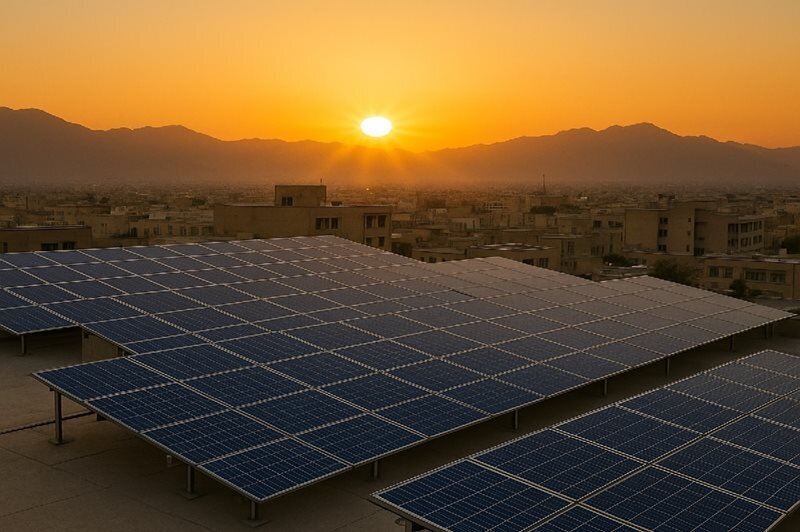SATBA advances construction of 1,000 solar power plants to boost grid stability

TEHRAN - Iran’s Renewable Energy and Energy Efficiency Organization (SATBA) has reported significant progress in the construction of 1,000 local solar power plants, each with a capacity of 3.0 megawatts, as part of a nationwide effort to expand clean energy infrastructure and enhance grid efficiency.
According to Alireza Parandeh-Motlaq, SATBA’s deputy for technical and engineering affairs, 850 sites have entered the implementation phase, with preparations underway for the remaining plants.
“These decentralized power plants, built near consumption hotspots and at the end points of the power grid, play a crucial role in reducing energy losses and voltage fluctuations,” he said.
The initiative is one of the Ministry of Energy’s flagship renewable energy development models, aiming to reduce reliance on large-scale transmission upgrades by generating electricity closer to where it is used. Land for the solar plants has already been identified, and key equipment — including panels and structural components — began arriving last month by rail and sea.
The typical construction window for each plant is estimated at four to six months, and authorities hope to complete the full project by the end of 2025.
Parandeh-Motlaq noted that 10 percent of the required funding has been secured so far, while the National Development Fund of Iran (NDF) is expected to provide the remaining 90 percent, based on government approvals. He also acknowledged logistical challenges such as customs clearance, fuel provision, and local disputes, but said these are being actively addressed through government coordination.
“The government’s role in this project is not to own or operate the plants, but to facilitate investment and ensure development of renewable energy to address imbalances in the power sector,” he said. Once operational, the plants will be handed over to private investors or industrial stakeholders, a move expected to stimulate investment and improve long-term electricity supply and demand equilibrium.
Interest from the private sector has surged, Parandeh-Motlaq added. So far, contracts totaling around 30,000 megawatts of renewable capacity — ranging from 5.0 kilowatts to 1,000 megawatts — have been signed. This demand is expected to rise further by year-end.
He stressed the need for greater inter-agency cooperation to accelerate progress, particularly from ministries such as Industry, Mining and Trade in streamlining import processes and facilitating foreign currency allocation. “We cannot allow bureaucratic obstacles to hinder this national transition to clean energy,” he said.
Regarding site selection, Parandeh-Motlaq explained that the main criteria include proximity to the distribution network, local grid demand, and public land availability. In privately led projects, land is provisionally allocated and reclaimed if construction does not proceed.
EF/MA
Leave a Comment